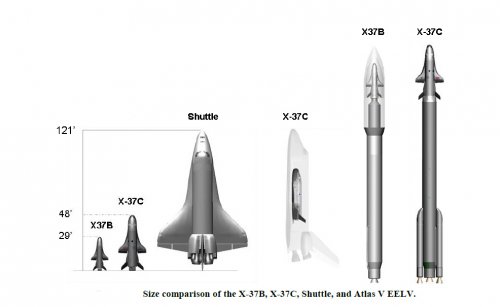shedofdread
ACCESS: Top Secret
- Joined
- 14 November 2009
- Messages
- 582
- Reaction score
- 354
Sorry if this is a silly suggestion (space isn't really my field - there's just no atmosphere  ) but is it possible that this programme is run to merely maintain a capability against a time when such knowledge will be required again? Albeit at significant cost. Some of that cost may however be defrayed by doing *something* with the platfrom whilst in orbit. Could this explain the lack of financial logic [as apparent to external observers]?
) but is it possible that this programme is run to merely maintain a capability against a time when such knowledge will be required again? Albeit at significant cost. Some of that cost may however be defrayed by doing *something* with the platfrom whilst in orbit. Could this explain the lack of financial logic [as apparent to external observers]?
Already getting my coat...
Already getting my coat...

